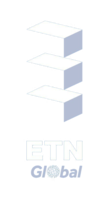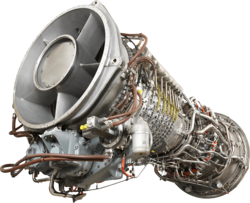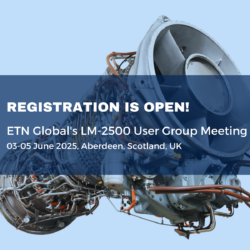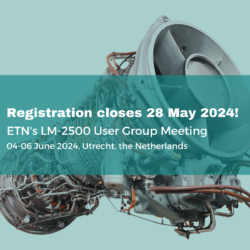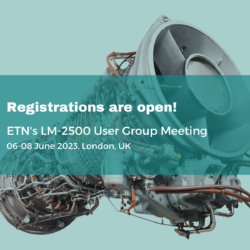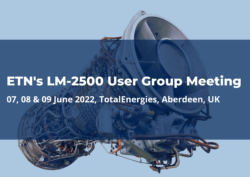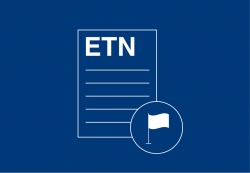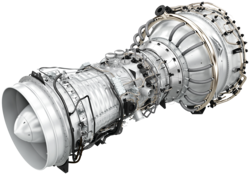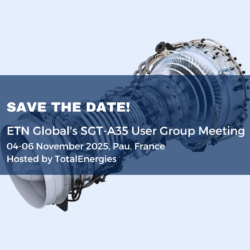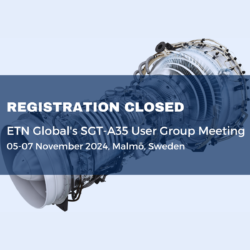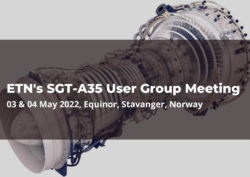André Mom
André Mom studied Physics and Materials Science and Engineering at Delft Technical University. He worked for the National Aerospace Laboratory NLR as head of the gas turbine section. He was a senior aircraft accident investigator and published more than 150 scientific reports on materials, structures, cost reduction and market approach.
André later joined Civi Consultancy as senior consultant. After the take-over by Coopers & Lybrand he became the managing director of the newly created group, responsible for management advise towards financial institutions, government departments and industry regarding industrial innovation, development and investment.
From 1994 to 2010, André was the managing director of the Dutch Gas Turbine Association DGTA, representing the total Netherlands gas turbine industry (both aero-engine as wells as power generation). He led various (international) collaborative programmes and trade missions. As a member of the ACARE Working Team he was involved in the preparation of ACARE’s report: The challenge of environment.
In 2005, André was elected as President of the European Turbine Network ETN, bringing it in the early phases to the successful platform as it is today. Since April 2010 André Mom is President Emeritus of ETN.
After his official retirement in 2010 (and his 2500 km walking journey to Rome) André was in Brussels senior advisor European Affairs for the Netherlands defence industry. Since 2010 André is also external expert at the European Commission for the evaluation of European industry R&D proposals in the field of energy, Eureka, small and medium enterprises, Fast Track to Innovation, etc.
Fields of expertise:
- Materials and coatings, development and performance
- Failure analysis
- Role of Gas Turbines in the energy transition towards a sustainable future
David Abbott
David has over 40 years of experience in the fields of combustion and acoustics and for 20 years, he has been specialising in gas turbine combustion including research, development and design roles for a major manufacturer (ALSTOM) and development, troubleshooting and operational support roles for a major utility gas turbine operator (E.ON, now Uniper). David Abbott also has a broad understanding of turbine technology and power generation cycle, through management of teams dealing with aerodynamic and thermal design and development of gas and steam turbines and novel power generation cycles.
David holds a BSc Tech (Hons), Chemical Engineering and Fuel Technology (University of Sheffield) and a PhD, Solid Propellant Admittance Measurement using Laser Anemometry (University of Sheffield). He is a Chartered Energy Engineer (CEng), member of the Energy Institute (MEI) and member of the Institute of Acoustics (MIOA).
Fields of expertise:
Familiarity with a wide range of gas turbine types including: GE LM6000, 6B, 9FA; Siemens SGT100, SGT800, SGT5-4000F; ALSTOM GT24, GT26.
Currently interested in all aspects of gas turbine combustion particularly:
Impact of (gaseous) compositio on gas turbine operation, emissions, integrity, etc.
Grid natural gases, LNG, hydrogen, natural gas/hydrogen mixtures, off-specification natural gases, gasification gases, waste gases, etc.
Combustion acoustics (pulsations, dynamics, humming etc.)
Natural gas fuel quality specifications and standard
Hydrogen addition to natural gas grids
Manfred Klein
Manfred Klein has been working as a consultant on a range of environment and gas turbine energy issues, after retiring in 2013 from the Canadian government. He worked 6 years with the Gas Turbine Laboratory of the National Research Council, 16 years with Environment Canada, developed air emission rules for gas turbines using output-based standards and 11 years with the National Energy Board on gas compressor station certification.
Manfred Klein is the former Chair of IAGT Industrial Gas Turbine Applications Committee and of ASME / IGTI Environment & Regulatory Affairs Committee. He also provided two chapters on a new 'Gas Turbine Emissions' book (Cambridge Univ. Press), published 16 technical papers, and helped organize many technical seminars on LNG systems, clean energy and cogeneration. Manfred holds a Bachelor in Mechanical engineering from Carleton University (1980).
Fields of expertise:
Specialization in industrial gas turbines, efficiency, air emissions, cogeneration & CHP
Provide training and technical advice on energy & environment
Balanced analysis of integrated system solutions to GHGs, air pollution and system reliability
System descriptions based on various GT combined cycle and cogen facility examples
Natural gas industry and compressor waste heat recovery applications.
Dieter Krapp
Dieter was an Executive Manager in large international Energy Companies with more than 30 years of broad experience. This experience includes managing large power generation assets, commodity sales & trading, structuring and negotiation of complex deals, M&A of power generation businesses and project management of large infrastructure projects in Europe, Asia and America.
In his career, he has successfully managed and restructured existing businesses and he has set up new start-ups and successfully positioned them in the market.
Since April 2016, Dieter has retired from OMV in Austria where he was responsible for their International Power Business and he is now focusing on part time assignments utilising the broad experience in Gas & Power Markets.
Fields of expertise:
Management of large Power Generation assets
Experience in LTSA contracts and execution for CCGT plants
Gas & Power Sales and Trading
Global LNG markets
Lionel Lafage
Lionel created the company Lafage Energie in December 2016. Before that, he was Vice President Services for the Americas at Bombardier, the aircraft and railcar manufacturer. He was member of the Executive Committee and was managing and developing the Division of Services, Operation & Maintenance for North and South America. Previously, his career was focused on power generation and aerospace.
Until December 2014, Lionel was Chief Operating Officer of the Europe, Middle East and Africa regions and Vice President of Power Generation at Contour Global. Previously, he was Power Generation Fleet Manager at Total, responsible for the power generation fleet (CCGT) linked to the Oil and Gas activities for Asia, Persian Gulf countries and Africa areas (Nigeria). He was also Project Director for the development of nuclear, CCGT and solar power plants. He also spent 13 years at Electricité de France (EDF) and GDF SUEZ (ENGIE ) and spent over 11 years as Aircraft Maintenance Manager and gas turbine expert for the Boeing fleet at Air France KLM.
Lionel LAFAGE has a Master of Engineering in Aeronautic and Energy from the ENSMA (France), and an Executive Master of Business in Energy Management from the ESCP Europe, the French Petroleum Institute and the Business Institute of Oslo (Norway). He is an award winner and member of the foundation Georges BESSE since 1994 and he is Vice President of the Agency for the Development of Energy in Africa (ADEA).
Fields of expertise:
Due diligence of power stations & assets
Expertise of Gas Turbines and Combined Cycles (Heavy duty & Aeroderivative)
Development, negotiation and management of O&M and PPA contract
Market study of energy situation & Multi-year strategic business plan of energy development
Setting up and deployment of international strategy
Project & Operation Management - Setting up of KPIs and Management of operational and financial performances
Restructuring and optimization of organization
International Management of multi-site business units
Franco Rosatelli
Franco Rosatelli worked for 35 years with Ansaldo group, where he developed a broad experience on power generation technologies both for nuclear and fossil power plants.
He directed for many years the R&D Engineering department in Ansaldo Energia, working on the development and testing of gas and steam turbines, including aerodynamic and combustion technologies, advanced materials for high temperature applications, structural and lifing verifications. He acted also as Chief Technical Officer of the Company from 2009 to 2015.
From 2015 to 2019, he acted as Vice-president for Technology Development in REP Holding, the Russian turbomachinery manufacturer belonging to Gazprom group, where he has been in charge for the localization of production in Russia of two gas turbines licenced from GE, the Fr5002E and Nova LT16.
Franco served also as Vice-President and Chairman of the Technology Committee of European Association of Gas and Steam Turbine Manufacturers (EUTurbines) from 2008 to 2015, member of the Advisory Boards of Power Gen Europe and Russia Power Conferences, member of the Italian National Committee of the World Energy Council.
Fields of expertise:
Design of gas and steam turbines and integration in CCGT plants
Design and manufacturing of HGP components in gas turbines
Familiarity with gas turbines: GE Fr5002E, NovaLT16; Ansaldo AE94.3A, AE64.3A, AE 94.2
Application of gas turbines to natural gas long distance transmission in pipelines and LNG plants
Cost optimisation/Design to cost
Management of large, multidisciplinary R&D and engineering teams
